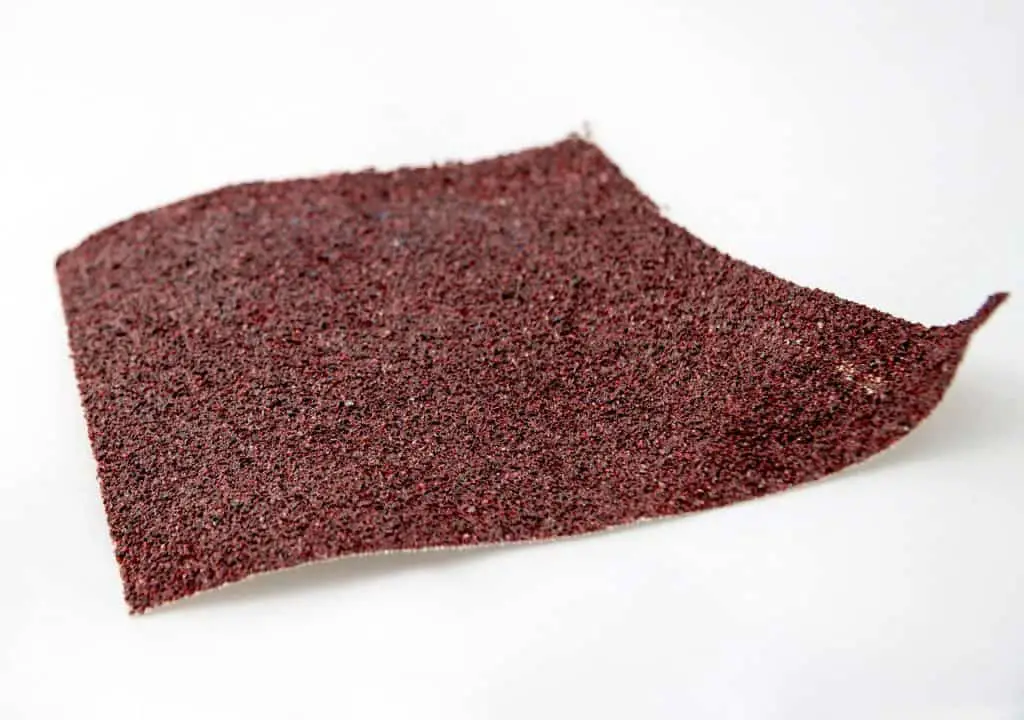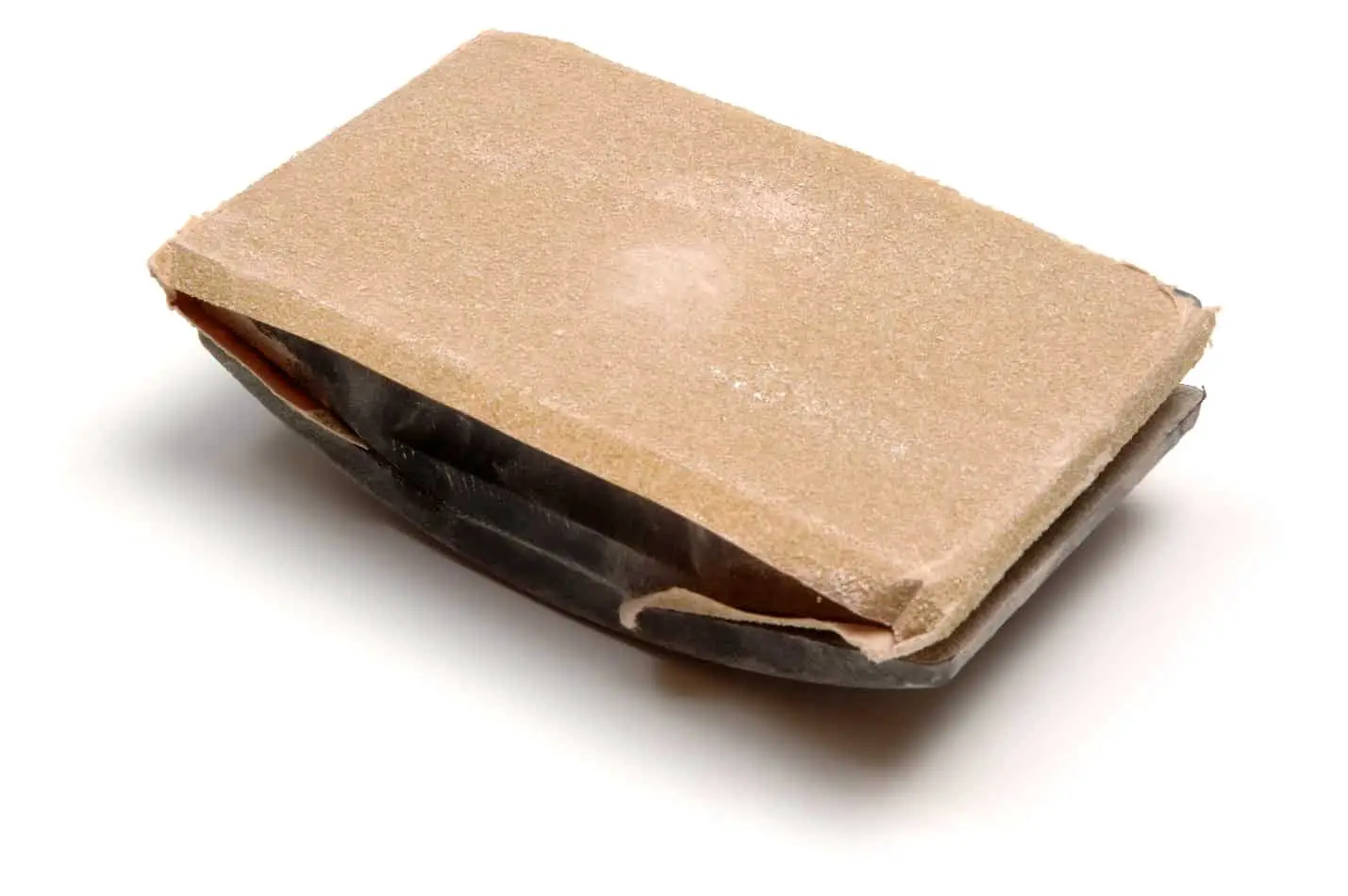There are many different reasons why you may want to try to sand your acrylic painting, whether it’s to add layers, make a coat less thick, or simply to remove and redo an area. The question at hand is can you sand acrylic paint? The answer to this question is yes. You can sand acrylic paint, but you must be cautious and use a fine grit sandpaper.
Sanding acrylic paint is an effective way to get a desired result or effect without having to scrap your entire work. Think of it like using an eraser when drawing or sketching. The most common reason most people sand acrylic paint is to decrease or change the texture of the painting.
How to Sand an Acrylic Painting
- The first step to sanding acrylic paint is to sand the painting surface if it requires it. Some examples surfaces that need to be sanded are wood, metal, and the acrylic gesso prime on a painting canvas. Gesso is a thin paint-like substance that is applied to a canvas to help prevent oil or acrylic paints from soaking through the fabric. Choose a fine grit sandpaper to sand whatever surface you will be painting on. You want to make sure the surface is nice and smooth to ensure a smooth coat of paint.
- When painting with acrylics, there is a risk of creating unwanted textures in your paintings that have to be reworked on later. This is where fine sandpaper comes into play. Use the sandpaper to gently smooth out the dried acrylic paint to even out the surface that has imperfections that were not intended. Before sanding, make sure to dab a small amount of water onto the painting surface because acrylic dust can be dangerous if inhaled. Wetting the acrylic helps prevent paint dust.
- Use the sandpaper to alter the texture of the acrylic paint to your liking. Remember, sanding down the paint will give your acrylic paint a more rough appearance rather than a reflective shine. Always sand in small amounts because if you sand too much paint, it’s difficult to fix.

How Long Should Acrylic Paint Dry Before Sanding?
Waiting for your acrylic paint to dry is very important before trying to sand it. If you try to sand the paint when it is not fully dry you can risk ruining your project. To be safe, it’s a good rule of thumb to wait at least 30 to 45 minutes. You can then test the area you want to sand by gently touching it or pushing on it. If it feels hard then it’s ready to sand. If it feels soft, then the middle may not be completely dry yet.
This process should be repeated as needed as you add more layers of paint. It is always better to wait too long than not long enough as sanding prematurely will most likely ruin your work as it will be very difficult to fix.
Do You Need to Sand Between Coats of Acrylic Paint?
Sanding in between coats is very subjective. It is not required that you sand acrylic paint in between coats, but it will definitely increase the outcome of whatever project you are working on if you do. Sanding in between coats is actually considered an advanced technique that pros use to get an excellent finish.

Can You Sand Acrylic Paint on Wood?
Acrylic paint is an excellent choice when it comes to working with wood which is what makes this a commonly asked question. You can definitely sand acrylic paint that is used on wood. Like I stated earlier, wood is a surface that needs to be prepped before you start painting on it.
Before painting on wood it is always recommend to first lightly sand the areas that will be painted on. This helps the paint adhere to the wood and also gives it a much smoother look and finish once it dries.
Can You Successfully Sand Your Acrylic Painting to Remove Streaks and Textures in the Paint?
Yes, if you do it carefully, sanding acrylic paint will, slowly if by hand, wear away one layer after another. It appears your blotchiness and streaks are not colors making it appear as such, but physically the paint has streaks (grooves, ridges) and roughness (blotchy) in the actual paint surface. In other words, if you painted it solid black, those streaks and blotches would still be visible as light catches the physical imperfections.
However, if the blotches and streaks are level with the surface, try varnishing instead. Some streaks and blotches might stem from uneven distribution of pigment versus medium. If so, sanding will not work.
Final Thoughts
Sanding acrylic paint can be an effective tool in your arsenal when painting. Sanding has the power to correct mistakes, fix textures, and add cool effects to your paint projects. Sanding acrylic paint is a technique that takes time to perfect and master. Don’t worry if you don’t get your desired results the first time you try this technique. Practice makes perfect.

